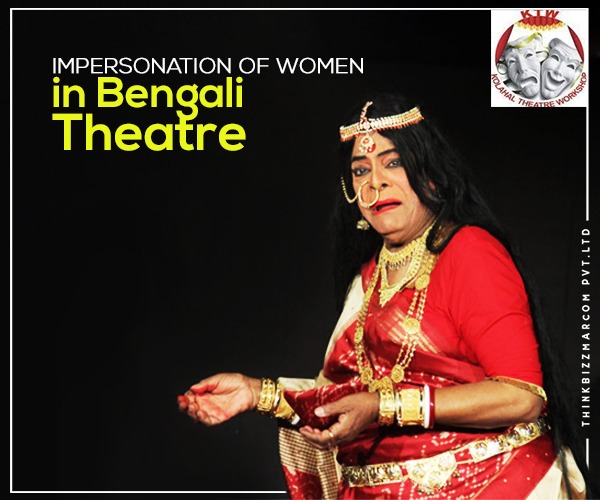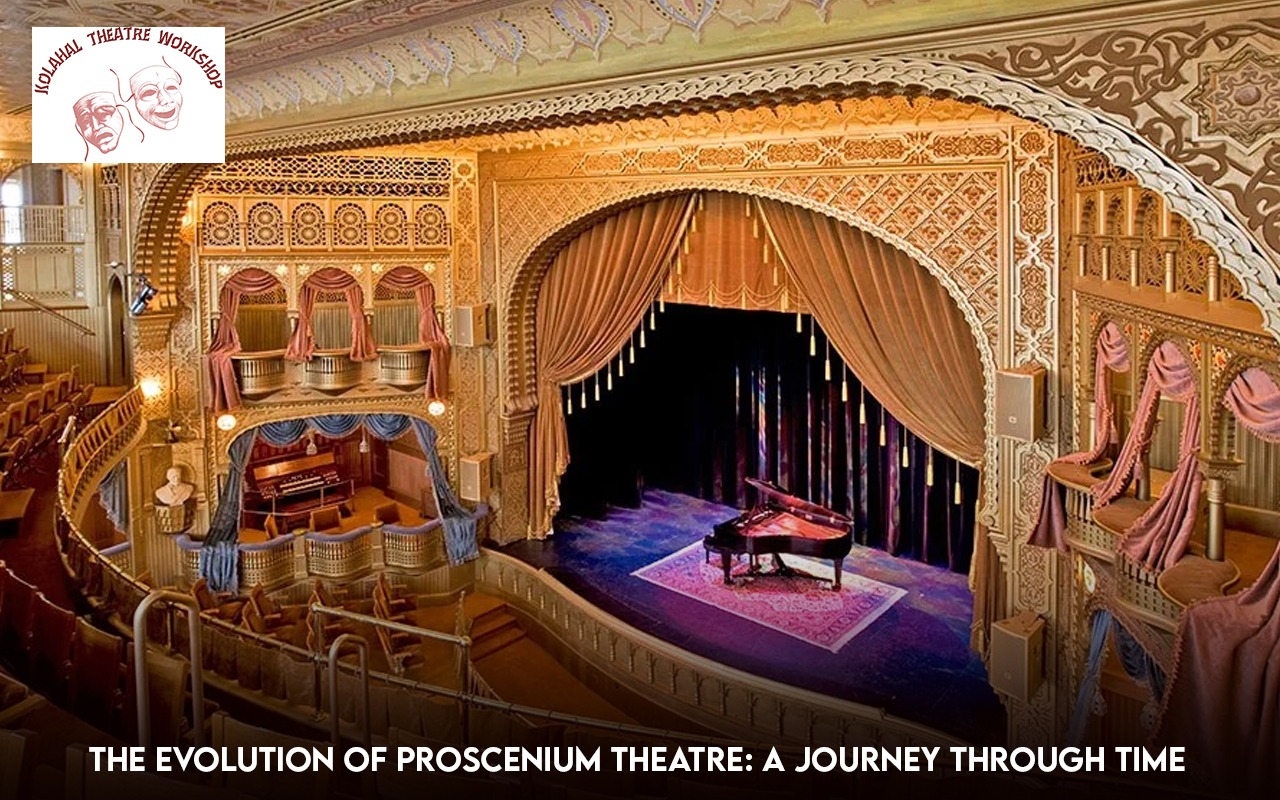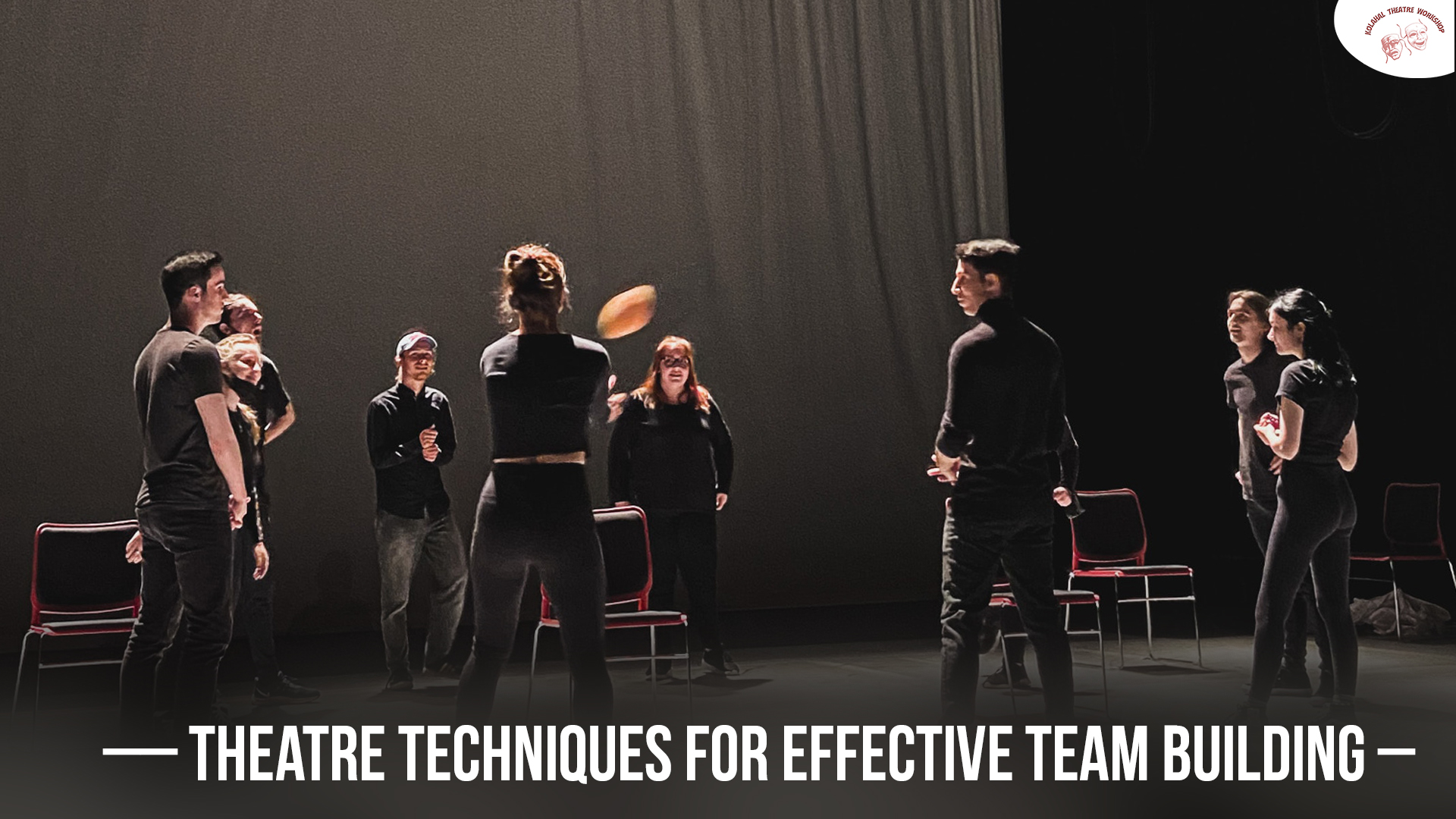FEMALE IMPERSONATION IN BENGALI THEATRE
Bengal has a long standing tradition of female impersonators on stage. Three to four decades back, Bengal boasted of several popular artists who portrayed the opposite gender on stage. Young people of the present generation, enjoying a play or a dance drama would find it ridiculous if a man dressed and acted as a woman. However, earlier it was not so. Female impersonation in Bengali Theatre, in stage performance, has a long history in India. Today, that tradition is all but dead, but its contribution to the field of performing art can never be ignored. Not only India, presence of female impersonators in Greek and Victorian plays, has been well documented in the world history of theatre, too. ” Purush ranis “, the coinage assigned to male theatre artists who played female roles on stage, once enjoyed a glorious reign in the world of bengali theatre.
HISTORY OF FEMALE IMPERSONATION IN THEATRE – AT A GLANCE

Female impersonation in Bengali Theatre – Public theatre in Bengal, from its very inception in 1872, like theatre elsewhere, has been a man’s world. Wherever performing arts lost their ritual character and became ” entertainment ” and where society split into public and private spheres, theatre was considered a public domain. Initially, women were not allowed to perform on such public stage and men were made to perform as women. Men in drag have been a major part of Bengali theatre for centuries. In India, among traditional theatre forms that employed female impersonators, were forms like the Ramleela on story of Ramayana ( enacted annually during Dussera) in North India, Krishnattam in Kerala (performed in temples), Raas Leela, Therukuttu folk theatre of Tamil Nadu, Bhavai of Rajasthan and Jatra in Bengal. The history of Jatra, a popular folk theatre form of Bengal, dates back to nearly 400 years. For decades, female impersonators held centre stage in jatra, across rural and even urban Bengal, when the idea of women playing themselves on stage was not socially accepted. The jatra is still popular, especially in the rural areas, with the difference that today actresses enact the female roles. According to many experts, the absence of female impersonators in today’s Jatra is indeed a loss for contemporary Indian theatre because they just cannot be replaced. These actors went against the grain of their biological identity to merge with the femininity the characters demanded. The fact that this tradition is on the verge of dying out, is really unfortunate.
https://kolahal.org/2021/07/31/readers-theater-shruti-natok-where-vocal-expression-does-the-trick/
FEMALE IMPERSONATORS – SOME OUTSTANDING PERFORMERS

In this age of gender fluidity, with fond memories and pride, we can look back to that era when Bengal boasted of several popular artists who portrayed the opposite gender in Jatras. Two such living legends are Janardan Nandi and Chapal Bhaduri, more popularly known as Janardan Rani and Chapal Rani. Chapal Bhaduri began his acting career at the age of seven and his performance in Raja Debidas, Chand Bibi, Sultana Razia and Mahiyashi Kaikeyi were hugely appreciated and he became the leading lady of Bengali jatra. Later, he starred in a brilliant film called ” Arekti Premer Golpo”, directed by Kaushik Gangully. Another veteran actor, Janardan Nandi started his acting career at the age of five only. He too performed in several leading roles and his performance as ” Uttara” earned him huge popularity.




